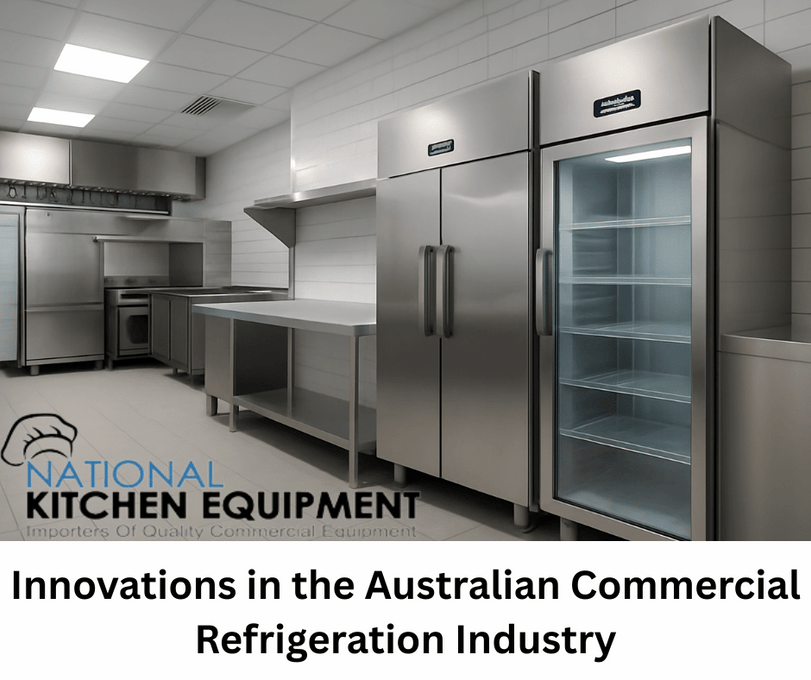
Innovation in the Commercial Refrigeration Industry
8th Aug 2025
Australia’s commercial refrigeration sector is experiencing a surge in innovation, with several 2024-2025 developments standing out for their sustainability, efficiency, and smart technology.
One of the most significant recent advancements is Cold Logic’s world-first rapid cooling technology for fresh produce, successfully implemented in Renmark. This system reduces the cooling time for table grapes from 12-14 hours to just 40 minutes—an extraordinary improvement for the agricultural supply chain. This innovation is vital for extending shelf life and maintaining quality, as every hour of delay in cooling fruit can shorten shelf life by a day. Unlike traditional blast air cooling, the system uses “passive air” directed to each box individually, ensures high humidity (~95%), and is vertically tiered to save space. Automation and conveyor integration make the system nearly labour-free, and its ability to operate using solar power contributes to greater sustainability.
For hospitality and specialty food producers, the rise of advanced specialty refrigeration systems—such as programmable dry-ageing cabinets, controlled thawing units, and rapid blast chillers—has transformed food quality, safety, and operational efficiency. Many of these Australian-made systems, like the AROMA CSACG1VA and the PURE CTPG1A, feature ultra-precise temperature (±0.2°C) and humidity control, antimicrobial UV sterilisation, and programmable cycles for different foods. Such systems allow chefs, butchers, and aged care kitchens to deliver premium product quality, minimize food waste, and ensure full food safety compliance.
Across the market, broader trends are influencing commercial refrigeration in Australia:
-
IoT and Smart Monitoring: New refrigeration units often feature IoT connectivity, offering real-time performance data, remote diagnostics, and predictive maintenance to minimize downtime and food spoilage.
-
Eco-friendly Refrigerants: Refrigeration systems using low-GWP refrigerants like R-290 (propane) and CO₂ (R-744) are in high demand to meet regulatory changes and sustainability goals.
-
Integration with Renewable Energy: Some systems are designed to integrate with solar power, a major advantage for Australian businesses looking to cut emissions and energy bills, especially in remote regions.
-
Compact and Modular Designs: Many suppliers now emphasize modularity and compactness, allowing easy scaling and adaptation to Australia’s geographic and climatic diversity.
-
Collaborative Innovation: Partnerships between manufacturers, tech firms, and research institutions are pushing advancements in emerging fields like magnetic refrigeration and phase-change thermal storage.
Recently, manufacturers such as Robertshaw have also launched upgraded product lines in Australia, like the 2025 Ranco range, which include advanced TXV valves, solenoid and ball valves, vibration absorber hoses, and other space-saving components designed for durability and better system performance.
In summary, commercial refrigeration in Australia is being shaped by solutions that significantly boost cooling speed, energy efficiency, environmental sustainability, and operational intelligence—anchoring Australia at the global forefront of food safety and quality.
